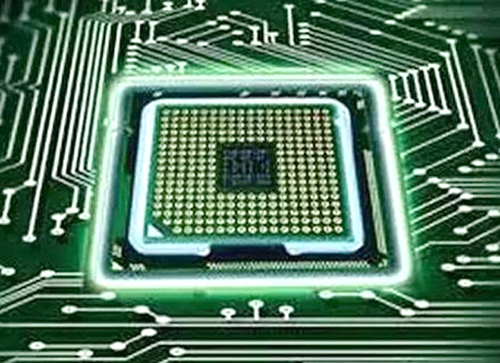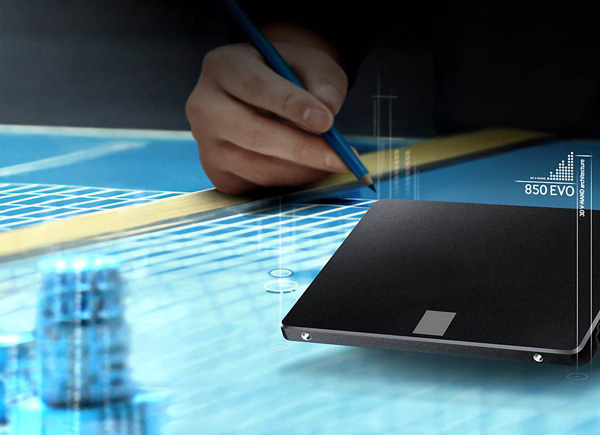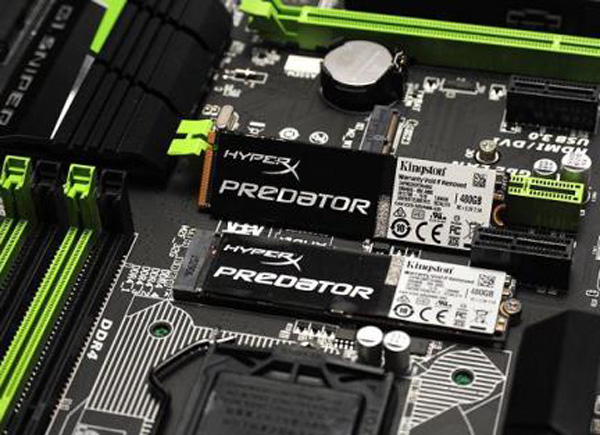The difference between industrial solid state drives and commercial solid state drives
2019-12-26 19:31:46Shenzhen Micro Innovation Industry Co.,Ltd.
The Industrial Internet of Things and Industry 4.0 are getting closer and closer to us. They have brought disruptive changes and the need for reliable data storage, greatly increasing the number of solid state drives in the industrial storage field.
The Industrial Internet of Things and Industry 4.0 are getting closer and closer to us. They have brought disruptive changes and the need for reliable data storage, greatly increasing the number of solid state drives in the industrial storage field. The requirements for each component in industrial solid state drives are very different from those in consumer products. Interestingly, most of these differences are addressed by one key component: the flash controller inside the solid state drive.
Flash controllers for industrial-grade solid-state drives need to support flash management and ensure more stable operations and more durable data through lower write amplification factor (WAF), higher data integrity, and higher data retention. End-to-end data path protection provides another way to ensure data integrity for the entire processing block. Preventing unauthorized access is another important feature of industrial solid-state drives. This is provided by Encrypting Data according to the Encryption Standard (AES) and supporting the self-encrypting drive (SED) standard TCG Optronics.
Most consumer SSDs are equipped with TLC or 3D QLC NAND flash memory. Although most people still think that industrial solid-state drives should be equipped with SLC or 3D MLC NAND flash memory, this is not necessary. SLC NAND flash memory was selected because it has higher endurance than TLC NAND flash memory, especially in environments with a commercial temperature range above 0 ° C to 70 ° C. However, the growing demand for storage capacity often requires the use of low-cost technology-SLC flash memory may not have the required capacity at all, or the initial price may seem uncompetitive. However, a particular flash controller supports a feature that allows it to operate multi-tier or three-dimensional storage with the endurance and data retention capabilities equivalent to SLC flash, a model called pseudo-SLC (pSLC). It opens up the possibility of choosing MLC or TLC flash, but at the same time, it operates close to the availability of SLC flash. Complex controllers support pseudo-operational modes for reliability for capacity.
之一 One of the important characteristics of industrial-grade solid state drives is the robustness of power failure. Embedded devices in industrial environments are not expected to be affected by sudden power failures, in which case data integrity is maintained. The high-quality controller implements a series of internal voltage sensors to monitor the power supply. Depending on the manufacturer, each application can be configured individually. If the power supply falls below the configured threshold when power is lost, the firmware will immediately initiate a flash write protection trigger, take further steps to protect the data, and set the application to shut down safely. Similarly, the flash controller handles these events, which is the essential difference between a flash controller and a consumer device.
Although flash memory has different sizes, interfaces, and capacities, the technology behind it is the same. As far as design is concerned, it is inherently unreliable, and the redundancy of the controller and flash memory determines the life cycle and quality of solid state drives. That's why industrial solid-state drives need to be compatible with new flash memory, provide highly reliable operating modes, powerful error correction units, and redundant management of flash memory.


